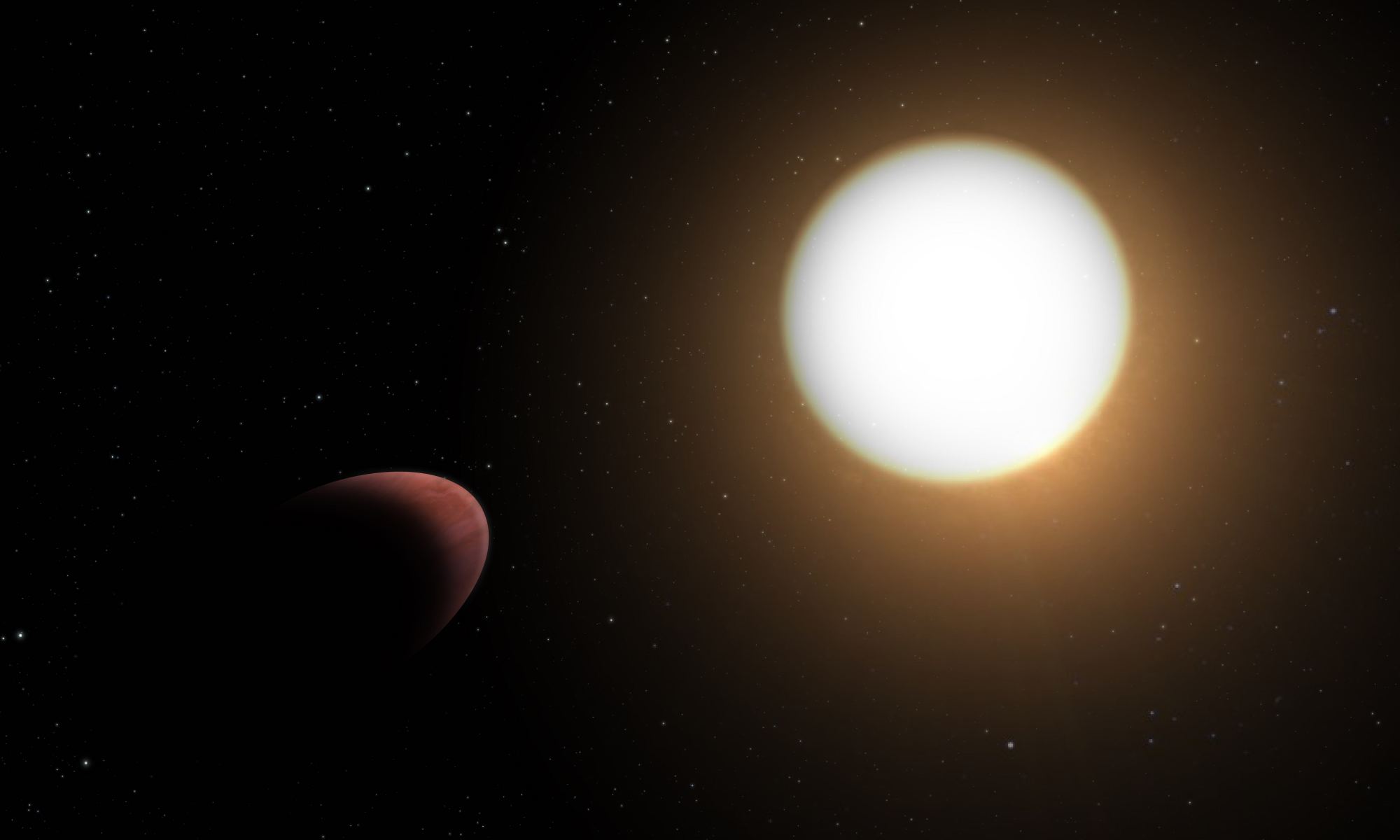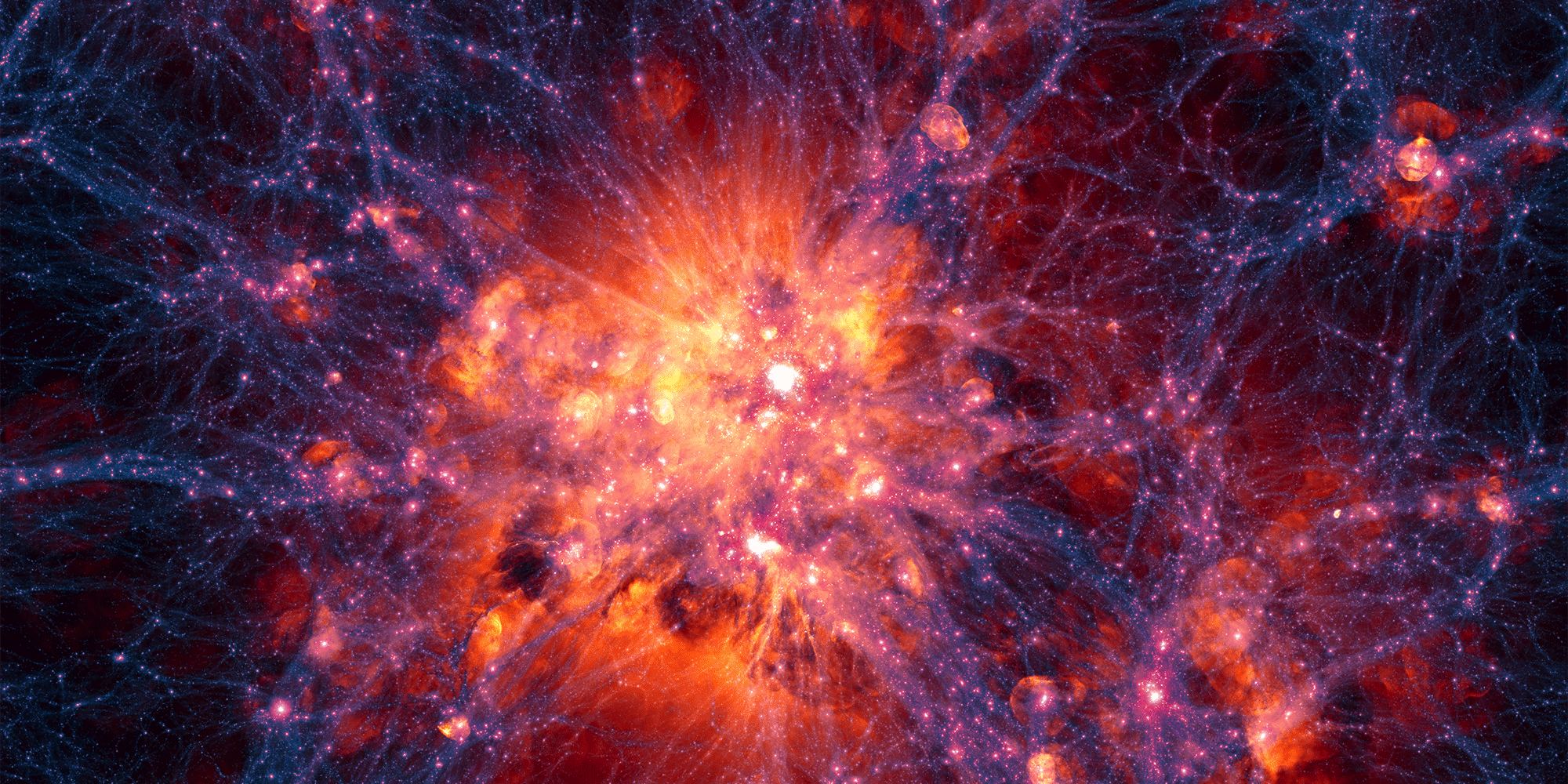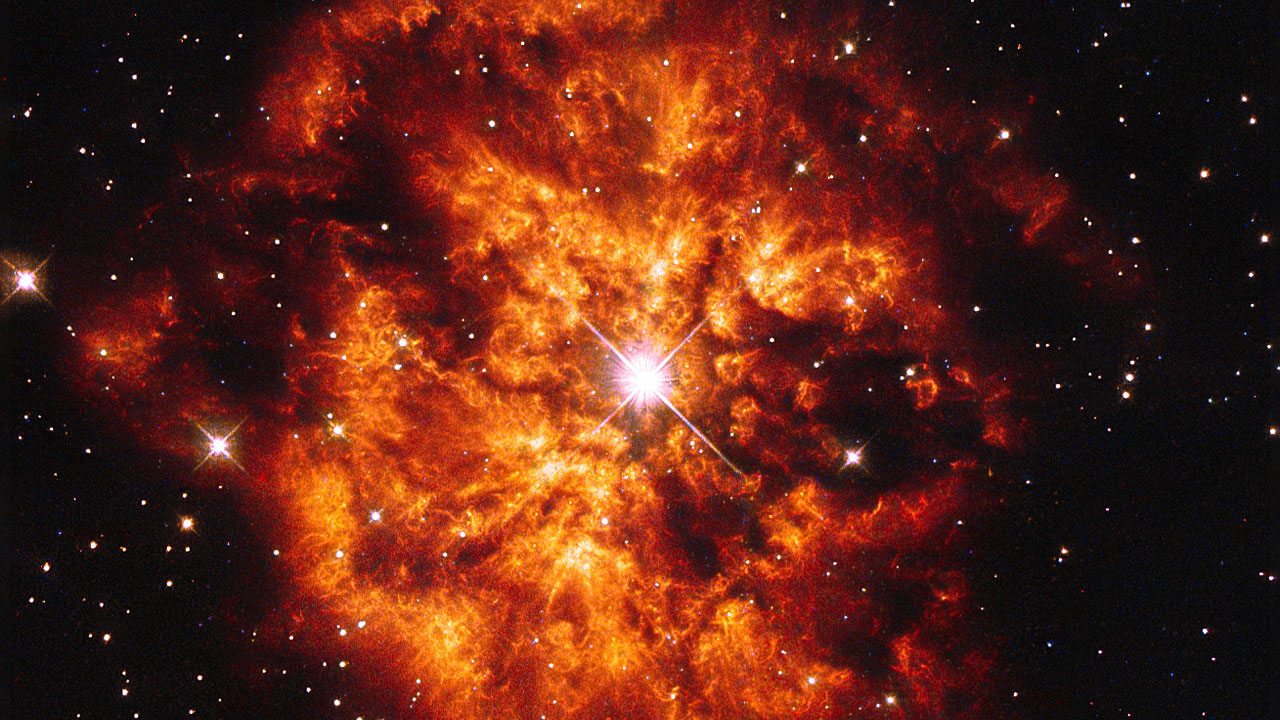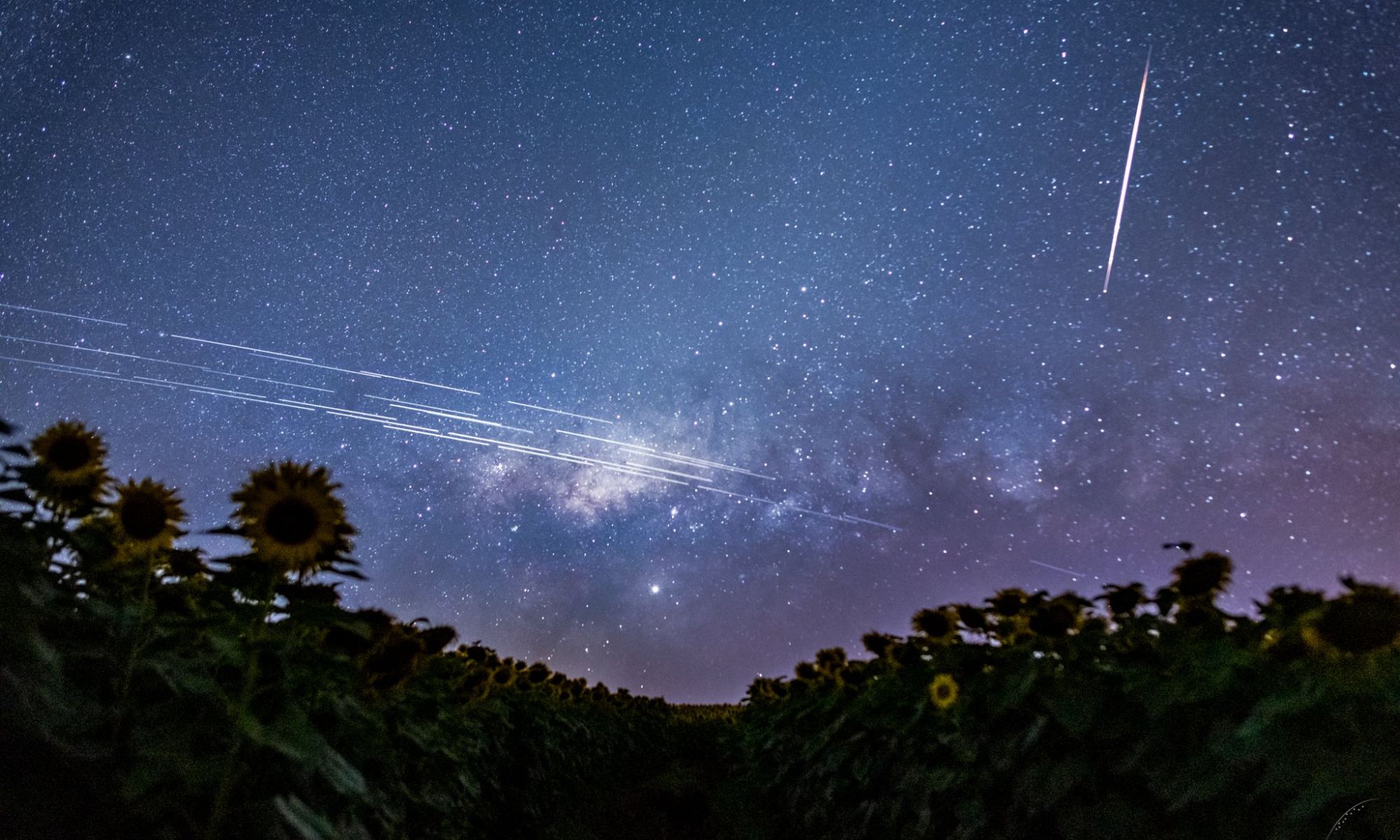Uranus and Neptune are similar planets in many ways. Both are ice giant worlds, both have atmospheres rich in methane, and both have a bluish color. But while Uranus has a pale blue-green hue, Neptune has a deep blue color. But why? Why would two planets so similar in size and composition appear so different? According to a recent study, the answer lies in their aerosols.
Continue reading “Why are Neptune and Uranus Different Colors?”Binary Black Holes can Unlock Another of Einstein’s Predictions
In the grand scheme of things, the structure of a black hole is pretty simple. All you need to know is its mass, electric charge, and rotation, and you know what the structure of space and time around the black hole must be. But if you have two black holes orbiting each other, then things get really complicated. Unlike a single black hole, for which there is an exact solution to Einstein’s equations, there is no exact solution for two black holes. It’s similar to the three-body problem in Newtonian gravity. But that doesn’t mean astronomers can’t figure things out, as a couple of recent studies show.
Continue reading “Binary Black Holes can Unlock Another of Einstein’s Predictions”Astronomers Discover a Mysterious Star That Flashes Every 20 Minutes. But What is it?
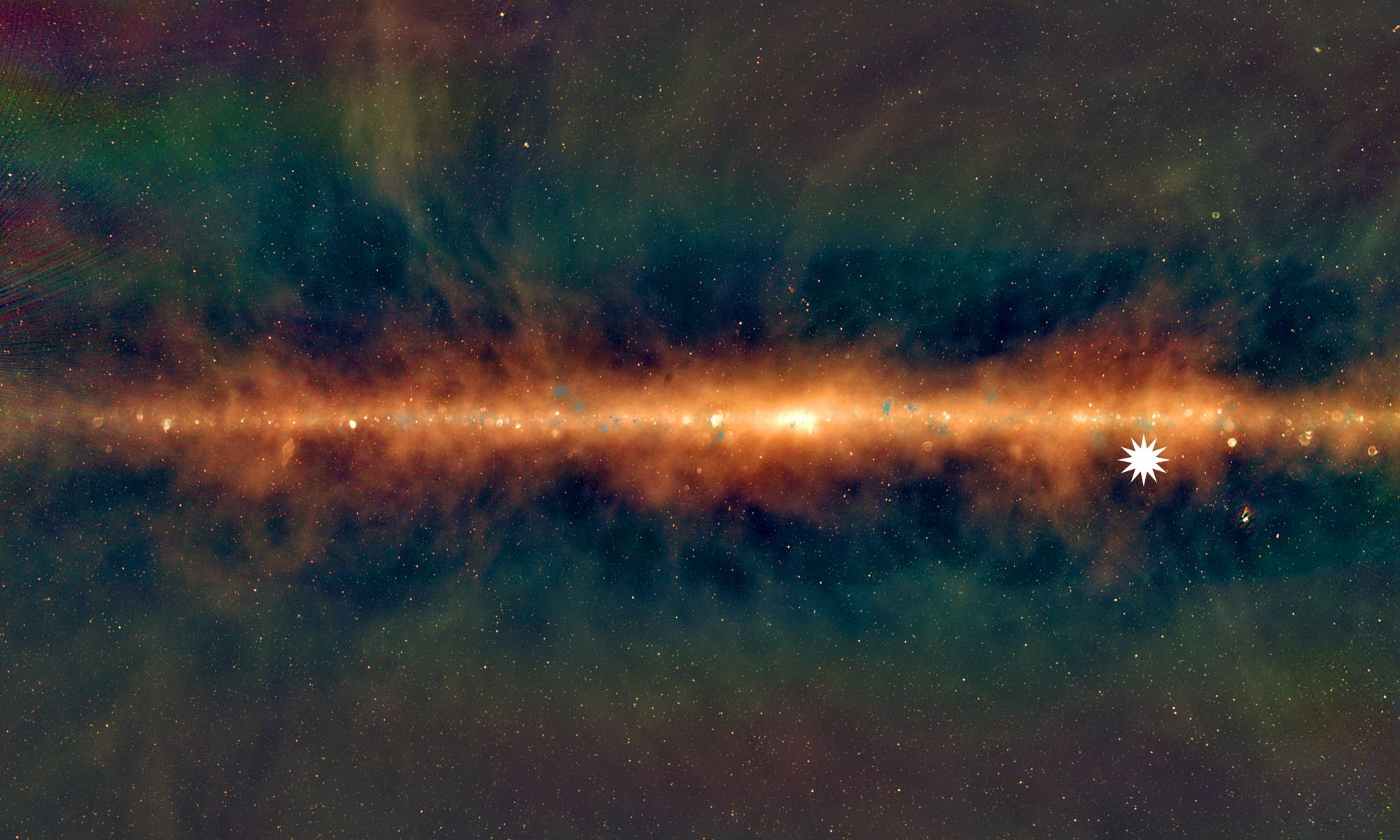
Just 4,000 light-years from Earth is a strange, star-sized object. It’s been observed by radio telescopes, but astronomers aren’t sure what it is. They call it a long period transient.
Continue reading “Astronomers Discover a Mysterious Star That Flashes Every 20 Minutes. But What is it?”Extreme Tidal Forces Have Deformed an Exoplanet
Among the thousands of known exoplanets, there are some that are very odd. Take, for example, the exoplanet known as WASP-103b. It’s a large planet with a mass about 1.5 times that of Jupiter, but 103b is so close to its star it makes a complete orbit every 22 hours. At this proximity, many astronomers wonder if the world is on the edge of being ripped apart by tidal forces. But a new study shows us that something much more interesting is going on.
Continue reading “Extreme Tidal Forces Have Deformed an Exoplanet”A Worldwide Search for Dark Matter Fails to Turn up a Signal for This Mysterious Particle
Axions are a popular candidate in the search for dark matter. There have been previous searches for these hypothetical particles, all of which have come up with nothing. But recently the results of a new search for dark matter axions have been published…and has also found nothing. Still, the study is interesting because of the nature and scale of the search.
Continue reading “A Worldwide Search for Dark Matter Fails to Turn up a Signal for This Mysterious Particle”A new Kind of Supernova has Been Discovered
We often think of supernova explosions as inevitable for large stars. Big star runs out of fuel, gravity collapses its core and BOOM! But astronomers have long thought at least one type of large star didn’t end with a supernova. Known as Wolf-Rayet stars, they were thought to end with a quiet collapse of their core into a black hole. But a new discovery finds they might become supernovae after all.
Continue reading “A new Kind of Supernova has Been Discovered”20% of Twilight Observations Contain Satellite Passes
With the rapid expansion of commercial space, there is a growing number of satellites in orbit around our planet. Most of these are in low-Earth orbit, which is becoming increasingly crowded. This has led some to be concerned about a catastrophic rise of space debris, as well as a growing frustration by astronomers due to the number of satellite sky trails.
Continue reading “20% of Twilight Observations Contain Satellite Passes”The Milky Way’s Most Recent Meal was a Galaxy it Gobbled up 8-10 Billion Years ago
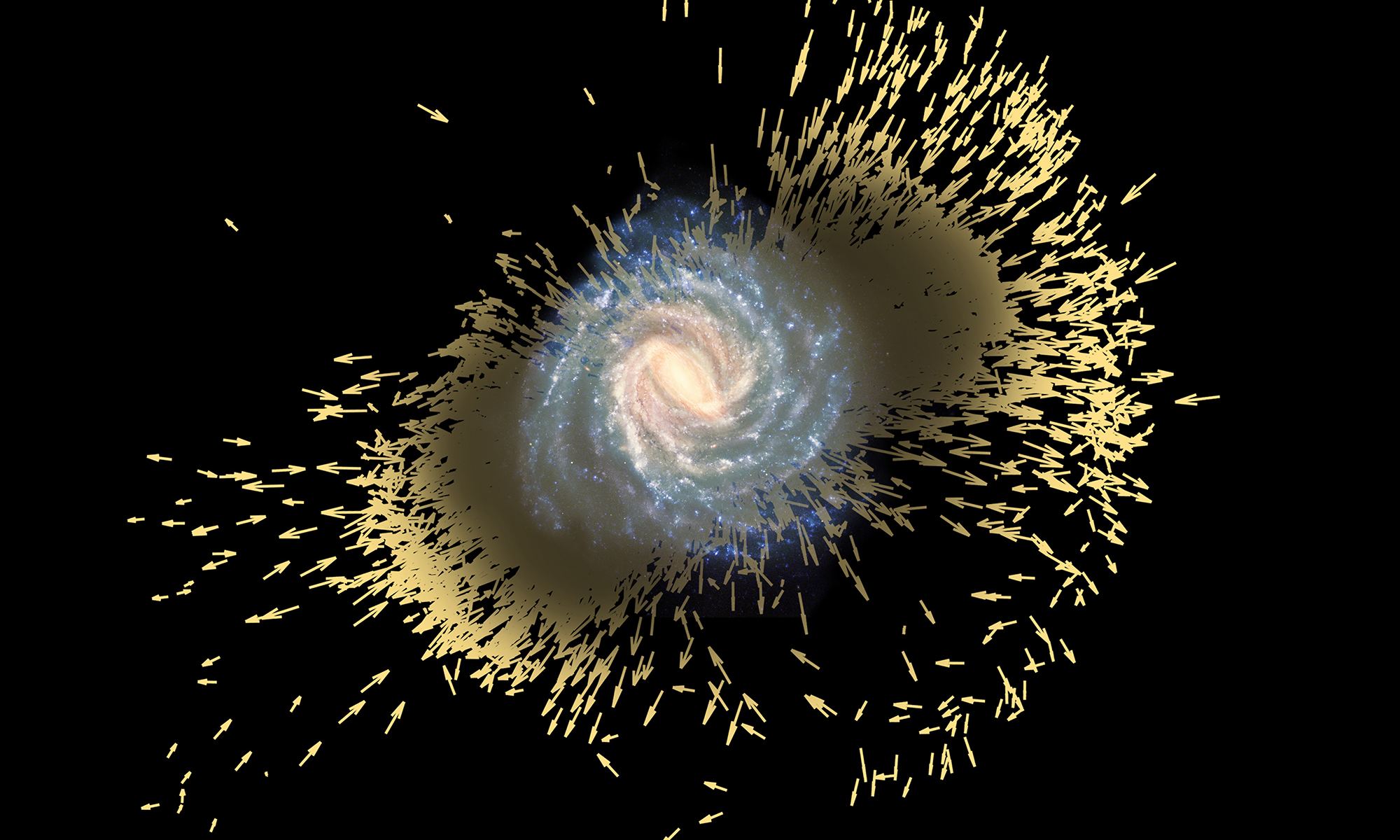
A central aspect of galactic evolution is that they must eat or be eaten. Dark energy strives to push galaxies apart, but gravity tries to pull them together. As a result, galaxies tend to form into local groups. As these superclusters of galaxies become more isolated due to cosmic expansion, they gravitationally turn on each other, and in time the largest galaxies of the group will consume the smaller ones. The Milky Way is one of the larger galaxies in our local group, and so it has consumed smaller galaxies in the past. But piecing together the history of these galactic meals is a real challenge.
Continue reading “The Milky Way’s Most Recent Meal was a Galaxy it Gobbled up 8-10 Billion Years ago”Why don’t Green Comets Have Green Tails?
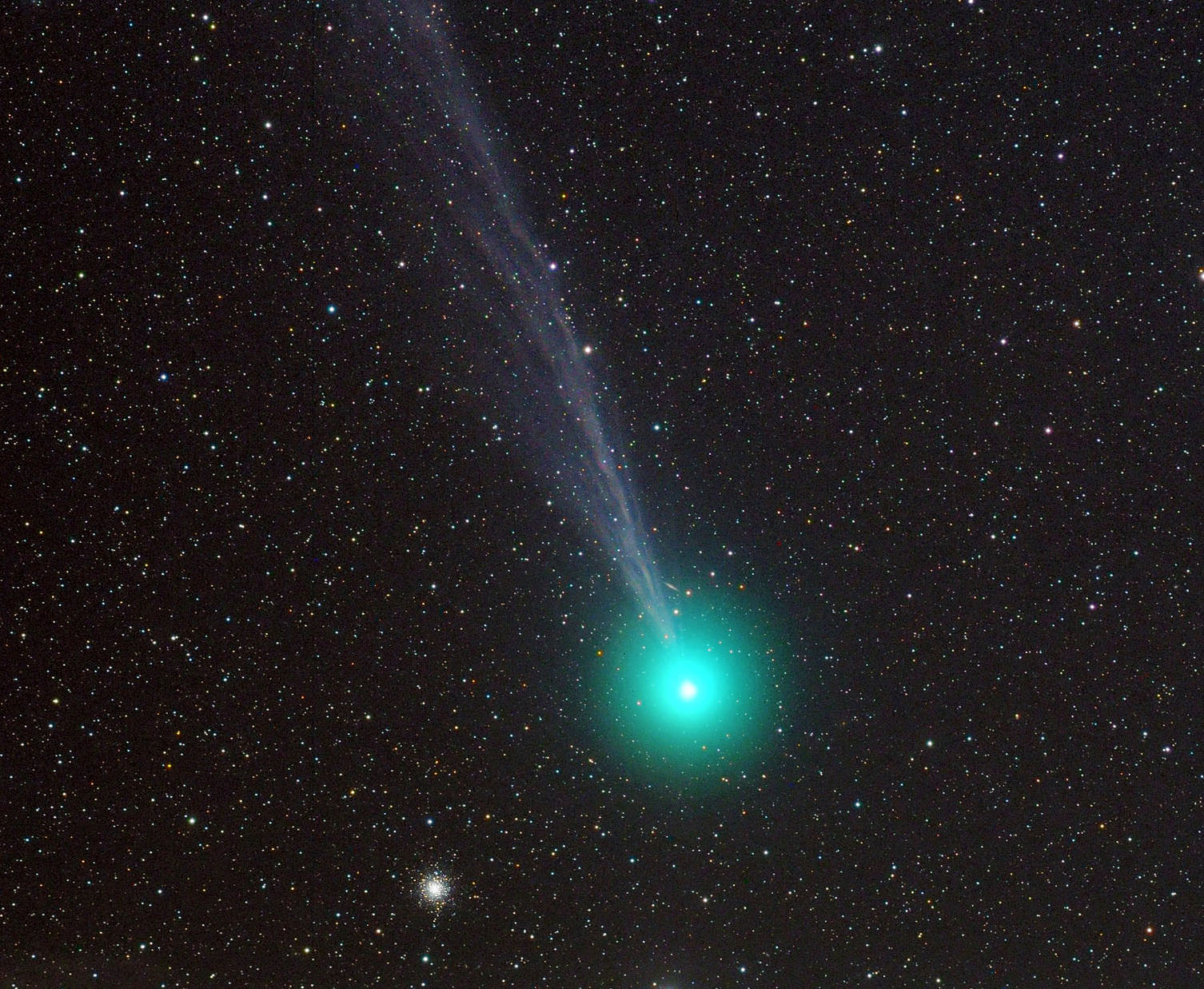
Green is an unusual color in astronomy. It is the color to which our eyes are most sensitive, and yet few things in the night sky actually appear green. There are, for example, no green stars, only yellow-white, red, and blue ones. But there can be green comets, and we are still learning why.
Continue reading “Why don’t Green Comets Have Green Tails?”If you had Radio Telescopes for Eyes, one of the Biggest Things in the sky Would be a jet of Material Blasting out of a Nearby Galaxy

One concept that’s difficult to visualize is the apparent size of objects in the sky. No the actual size of an object, but rather the amount of area an object covers in the sky. Apparent size depends on an object’s actual size and its distance from us. For example, the Sun is about 400 times wider than the Moon, but also about 400 times more distant, so the Sun and Moon have roughly the same apparent size.
Continue reading “If you had Radio Telescopes for Eyes, one of the Biggest Things in the sky Would be a jet of Material Blasting out of a Nearby Galaxy”


